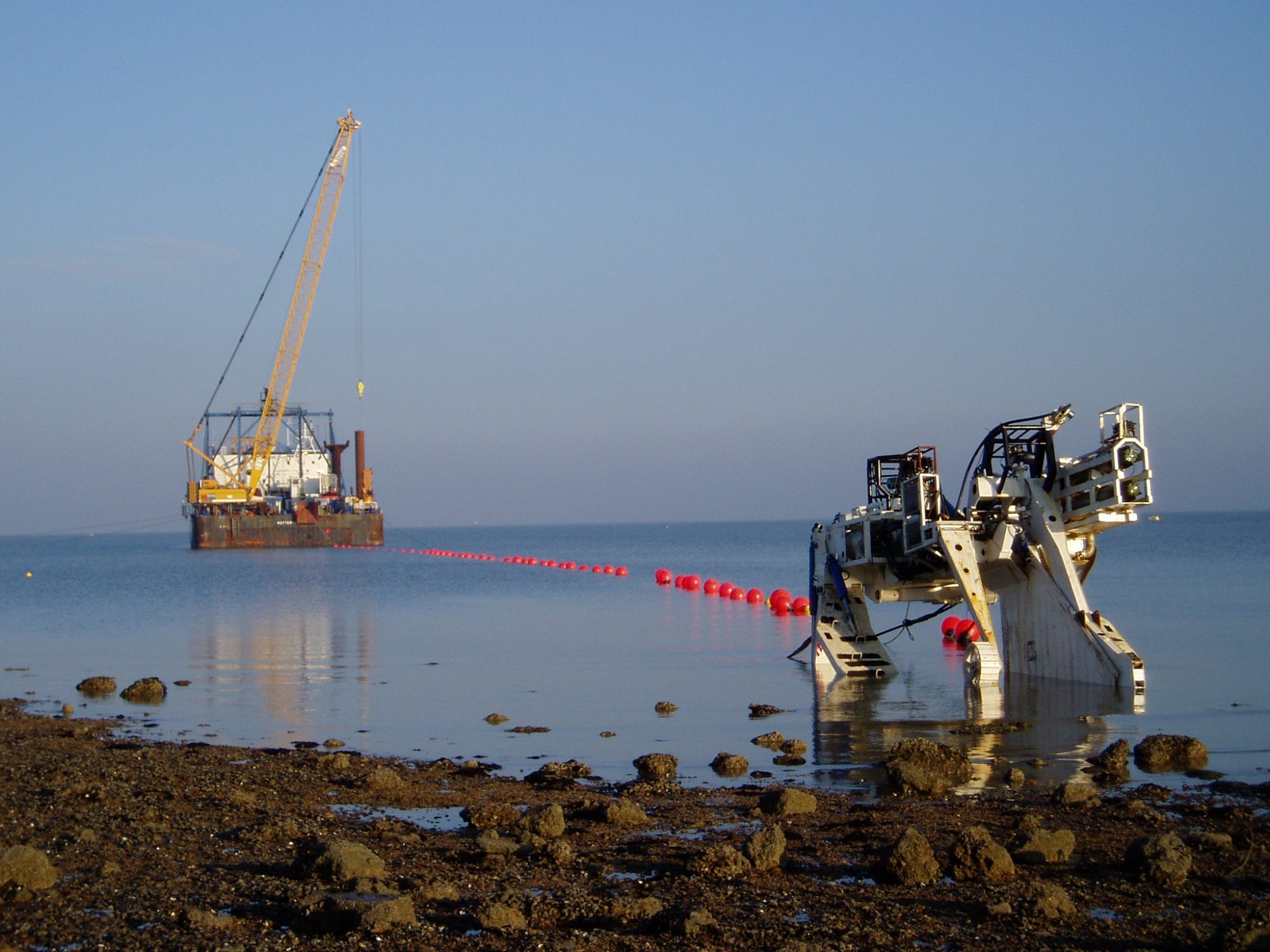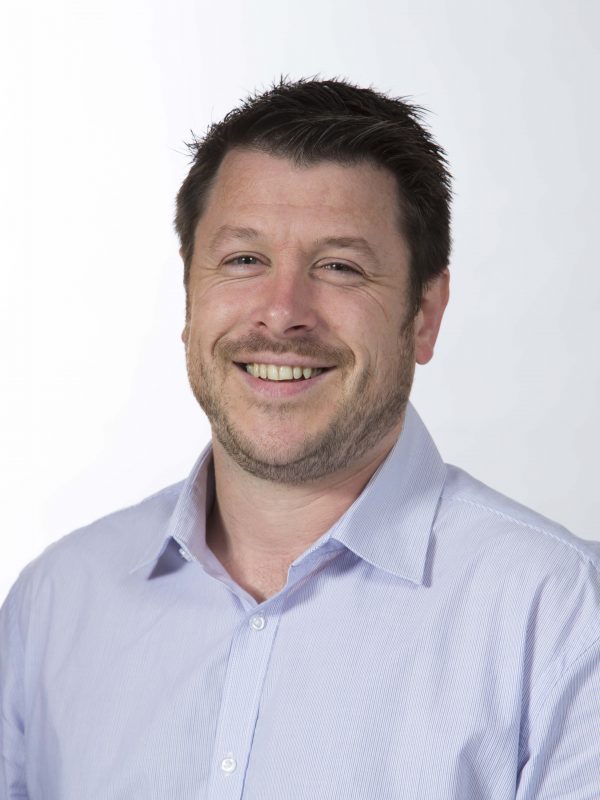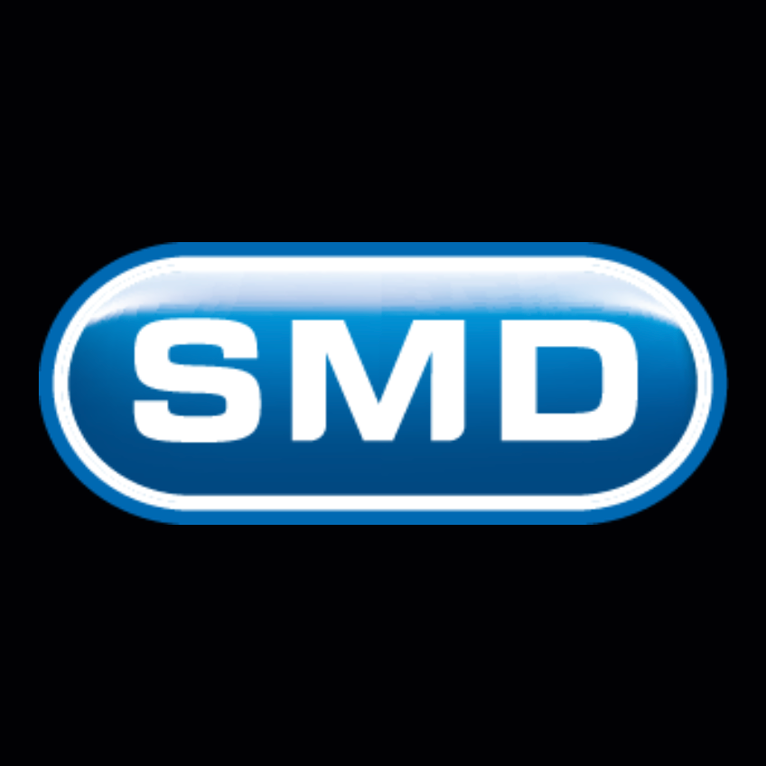Global engineering and technology firm Soil Machine Dynamics (SMD) is the home of the industry standard cable plough, with 50 years of experience in the subsea engineering environment. This month we’re taking a closer look at the impact of their plough technology has had on the offshore wind industry.
How did SMD come to be there, at the very start of Offshore Wind?
SMD started as a spin-off business from Newcastle University. Working in the oil & gas industry, we developed a range of ploughs for burying and protecting oil and gas pipelines in the seabed. We soon realised that the ploughs we had designed and manufactured could be used in other industries, namely telecommunications and as that started to boom in the late 80s and 90s that’s where we really started to break the mould.
As the global telecoms industries grew, we developed ploughs, remotely operated tracked and free-flying vehicles for installing and repairing subsea telecoms cable and pipeline. The ploughs are simultaneous ‘lay and bury’ technologies and they are still very relevant and in demand today.
Naturally, we then started to look at emerging markets and how we could support renewables and today a key focus is on the growing global Offshore Wind industry.
One of our first experiences in Offshore Wind was seeing our clients redeploy telecoms ploughs for small power cables from the beach. This was interesting!
It’s in our DNA to innovate and back in 2003, we built our wind farm inter-array trencher for the round one wind farms. This was a novel machine called the Lay & Burial Trencher for Mayflower – it could lay and bury an inter-array cable while its host TIV was erecting the turbine.
It became clear, very quickly, that the Offshore Wind industry was forecast to scale quickly and as the processes for installing cable matured a new set of burial tools was required.
What do you think has been key to SMD’s success in Offshore Wind?
While we are natural innovators and thrive on delivering new technology, we are able to offer our clients tailored solutions based on proven technology. We’re always willing to be first, but we pride ourselves on working in partnership with our customers. Our collaboration with partners in industry has delivered seven world firsts on critical client projects. Our significant experience of the subsea environment means we’re in prime position to minimise the risk usually associated with adopting new technologies.
In offshore wind we’ve taken years of learning and know-how from oil and gas and telecoms and we were able to apply that from the very beginning. Twenty years on we like to think we have the right to call ourselves experts.
Were there any challenges when switching to renewables from telecoms?
Working in offshore wind presented a new range of challenges which called for a series of product innovations. In essence, vehicles needed to be much bigger and have more capabilities to adapt to the varying terrain. They needed to operate in harder seabed conditions, to bury cables up to five times larger in diameter (and considerably less flexible) in trenches up to three times deeper than previously required by the telecoms industry.
This was a real step-change in the capability required. In addition to the changes in cable handling, the vehicles themselves needed to be more maneuverable, operate in more severe shallower conditions with poor visibility, and be capable of protecting a cable which had already been installed on the seabed.
What has been SMD’s biggest achievement in the past 50 years?
Technically, we’ve created so many amazing machines and technologies over the years, but for me, it has to be our first subsea invention, the MD-3 plough which is still the heartbeat of telecoms around the world and clients continue to rely on it. Nothing had been developed like it before and it has become the blueprint for all machines operating in subsea environments to this day.
The fundamentals of the telecoms plough, you can see in our power cable ploughs too. Consistent burial performance from the long beam plough principle, low tow points for stability, powered steering, efficient share design for low fuel demand and assurance of cable handling and bend radius compliance. We’ve added the ability to post lay plough or diver-less loading of the power cable into the plough on the seabed. Once loaded the telecoms plough and the power cable plough operate and perform in the same way and remain the most effective way to ensure burying a product to protect it from external damage.
What are your predictions for the wind energy industry?
The potential of the offshore wind energy market is massive. The continued investment in the mature UK & Europe markets is one of the most attractive aspects of this market for a technology developer like SMD. We can see its here to stay.
We are seeing a lot more emerging markets too such as Taiwan, USA and then Japan, Korea and other Asia markets too. We hope to see UK technology leading the way to unlock their wind energy potential. And in Subsea we have high confidence we will remain at the front of the market.
This does bring a downside though, because the market is becoming more mainstream this means there are lots of pressures on the supply chain; margins are tight, competition is high, there are rapid timescales – it’s by no means an easy market.
What lessons have you learned that will be useful in new and emerging Offshore Wind markets?
My advice would be to invest in smart tools and smart technology to learn the lessons UK has gone through in Round 1 and Round 2 where we now see the cost to build offshore wind farms reducing so rapidly that there is no longer an economic premier for offshore wind. And in particular understand the risks and challenges of subsea power cables as they remain the biggest insurance and defects issue.



